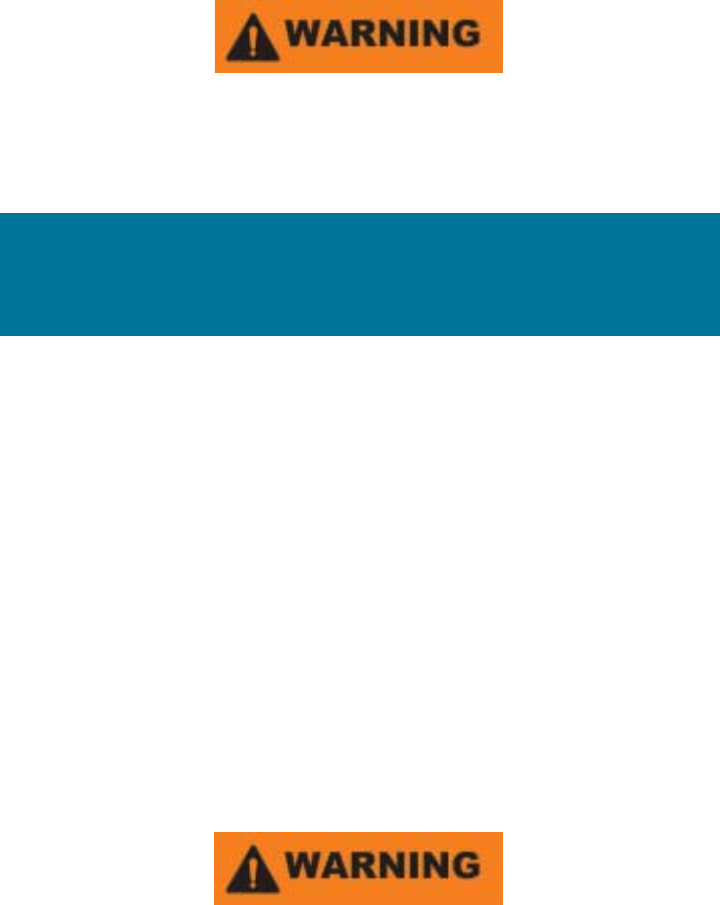
Serious injury or death or property damage can
result if the total weight on your loaded trailer
exceeds the capacity of the hitch on your tow vehicle.
Safety cables
The safety cables on your MasterCraft trailer provide added in-
surance that it will not become detached from the towing vehicle
when underway. Before each trip, you should make sure that the proper
cables are correctly attached between the towing vehicle and the trailer.
As noted above, your trailer hitch should provide a place for at-
taching safety cables, through holes or rings on both sides of the
hitch ball. It is strongly recommended–and in fact, most states re-
quire it–that you criss-cross the cables under the trailer tongue. The
cables on the left side of the trailer tongue should be attached to the
hole or ring on the right side of the hitch ball, and the right cable
should be attached to the hole or ring on the left side of the hitch ball.
This will prevent the trailer tongue from dropping to the road if the
trailer coupler separates from the hitch ball.
The cables should be rigged as tight as possible, with just enough
slack to permit tight turns. If for any reason you should find it neces-
sary to replace a safety cable, do not substitute with any part other
than a genuine MasterCraft cable.
Note also that late-model trailers are equipped with a surge brake
break-away cable. This should be attached to the tow vehicle, making
sure there is enough slack for tight turns.
Failure to properly attach the safety cables and brake actuator
breakaway cable between your trailer and the tow vehicle can result
in a run-away trailer if the trailer coupler becomes detached from the
hitch, which may cause serious injury or death or property damage.
MasterCraft Trailers • Page 11
